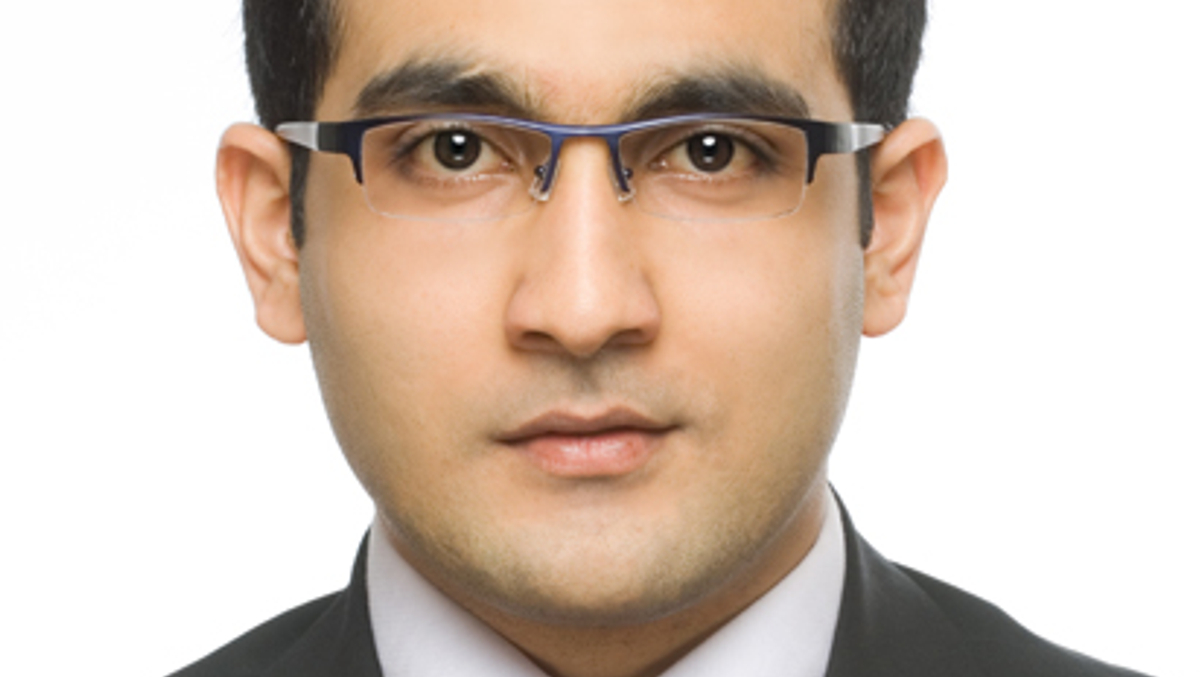Asian hedge funds show high market correlation
The region's long/short equity strategies had the highest market correlation, followed by event-driven and arbitrage, according to Eurkeahedge.

Many Asian hedge fund strategies were highly correlated to the market last year, with long/short equity having the most, according to figures by data provider Eurekehedge.
Sign In to Your Account
Access Exclusive AsianInvestor Content!
Please sign in to your subscription to unlock full access to our premium AI resources.
Free Registration & 7-Day Trial
Register now to enjoy a 7-day free trial—no registration fees required. Click the link to get started.
Note: This free trial is a one-time offer.
¬ Haymarket Media Limited. All rights reserved.


